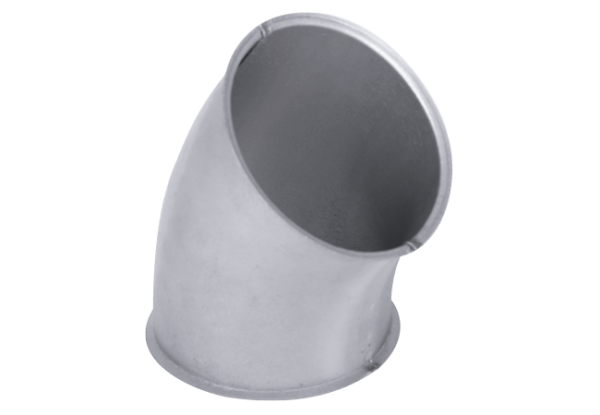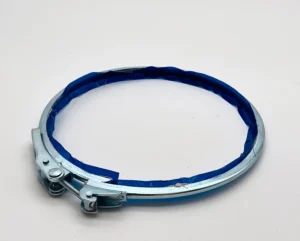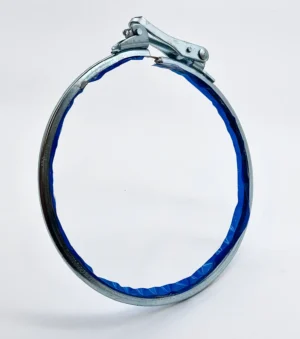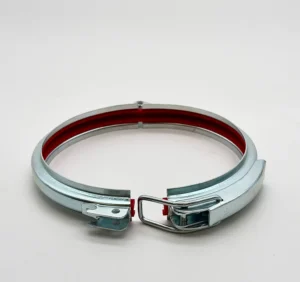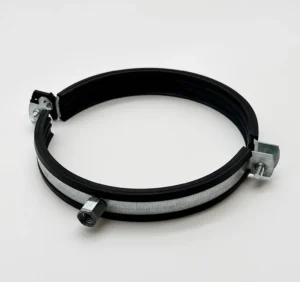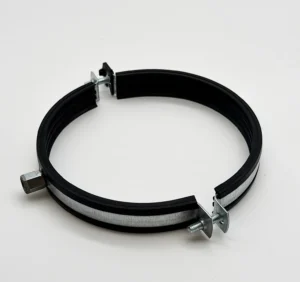Welcome to our definitive guide on elbow fittings, essential for optimizing fluid flow in pipe systems. From 15° to 180°, we’ll explore the nuances and provide expert insights for seamless installations, ensuring peak efficiency in your piping infrastructure.
About Elbow Fittings:
Indispensable elements in piping systems, elbow fittings redirect fluid flow efficiently while accommodating various directional changes. Available in degrees such as 15°, 30°, 45°, 90°, and 180°, these fittings offer versatility and precision for a wide range of applications.
Understanding Degree Variations:
15° and 30° Solutions: Ideal for subtle directional changes, these fittings ensure gentle bends without compromising flow efficiency.
45° Options: Offering moderate directional changes, 45° solutions are versatile for navigating obstacles or adjusting pipe routes.
90° Precision: Perfect for sharp directional changes, these fittings ensure precise control over fluid flow, minimizing turbulence and pressure loss.
180° Flexibility: Enabling complete reversals in direction, these solutions are essential for aligning pipes or bypassing obstacles.
Benefits of Elbow Fittings:
Optimized Flow Dynamics: Elbow fittings minimize turbulence and pressure loss, ensuring smooth fluid flow and enhancing overall system efficiency.
Space Optimization: With a compact design, these fittings facilitate efficient space utilization by allowing directional changes in confined areas.
Versatile Applications: From industrial plants to residential plumbing systems, elbow fittings offer flexibility and reliability in fluid handling.
Installation Guide:
Preparation: Gather necessary tools and materials, including elbow fittings, pipes, pipe joint compound, and measuring tools.
Measurement: Ensure proper alignment and clearance for the chosen degree of elbow fitting.
Cutting: Trim pipes to the required length for precise fitment with the elbow solution.
Deburring: Remove any burrs or rough edges to ensure a smooth connection and prevent flow disruptions.
Assembly: Apply pipe joint compound to create a secure seal on the threaded ends of the pipes and fittings.
Connection: Hand-tighten the fittings initially, then securely fasten the connections with wrenches to ensure a leak-free operation.
Testing: Conduct a pressure test to verify the integrity of the installation, checking for leaks or abnormalities.
Conclusion:
Mastering the use of elbow fittings is crucial for optimizing fluid flow and maximizing the efficiency of your piping system. Whether navigating tight spaces or implementing precise directional changes, the versatility and reliability of elbow solutions make them indispensable components in any pipe system. Explore our products to elevate your piping infrastructure and unlock enhanced performance today.

